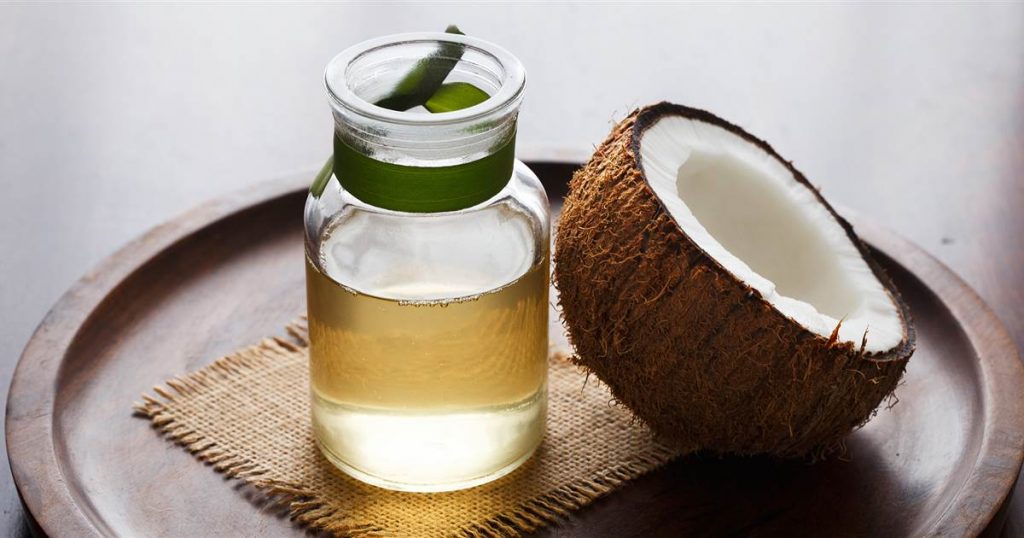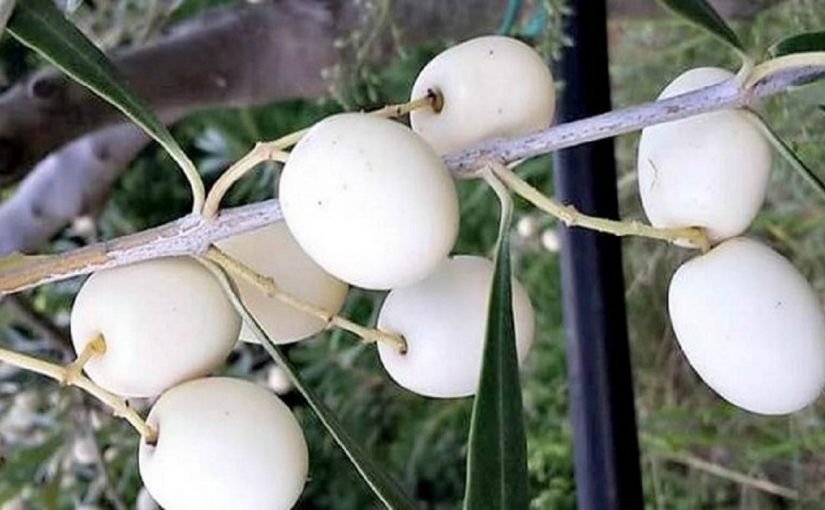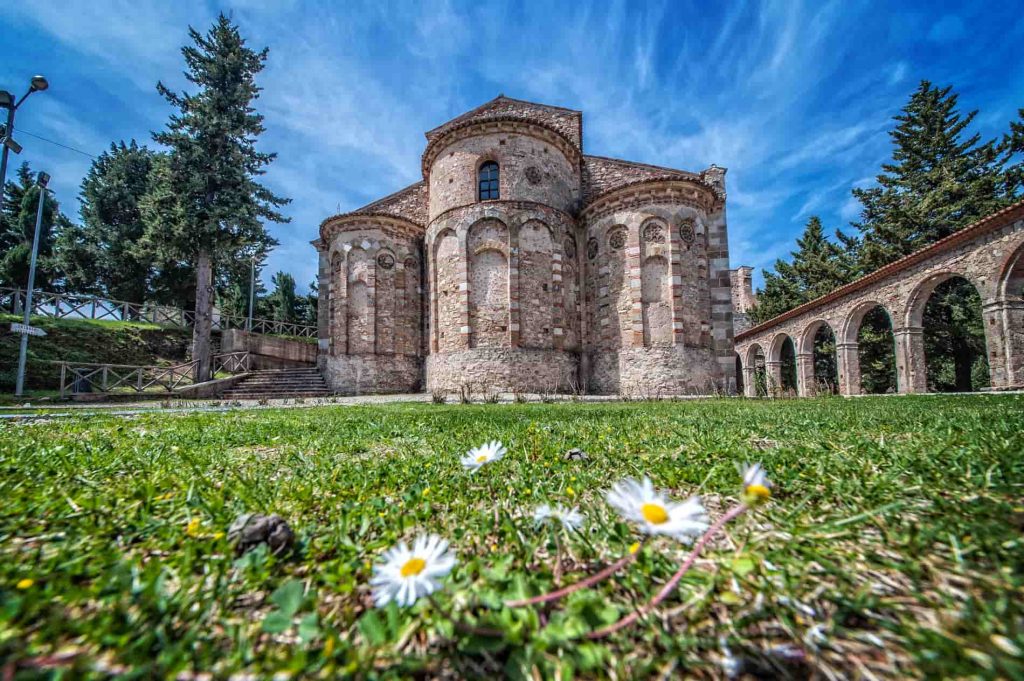17.7.2020
Olive oil wins out over all others. A recent research from Harvard Medical School confirms this: It reduces the risk of cardiovascular disease.
Between coconut oil and olive oil it is the second to win the challenge of the healthiest. This is the conclusion of a work published on the Harvard Medical School blog, where the researcher Emily Gelsomin reviewed some of the most recent scientific studies, that put in comparison the two products in the spotlight.

In another work, published recently in the “Journal of American College of Cardiology” it emerges that the replacement of margarine, butter or mayonnaise with olive oil is related to a lower risk of cardiovascular disease. According to the analysis, the consumption of half a tablespoon per day would reduce the risk of developing this type of pathology.
With regard to these extraordinary studies, if you want to recognize the real extra virgin olive oil, please, read this post (Extra virgin olive oil, which is the best?), which lists the tricks to not make mistakes.

Furthermore, a third research published in the review “Circulation“, would demonstrate how coconut oil does not benefit the reduction of waist circumference or body fat, compared to other vegetable-based fats. In the work, however, reference is made to the increase in ‘bad’ cholesterol, the LDL, associated with an increase in the risk of heart disease. A previous work published in the British Open Medical Journal examined the extra virgin coconut oil which however, put in comparison with the extra virgin olive oil for 4 weeks, did not produce that precise increase in LDL cholesterol.
Conclusively, the benefits of not using tropical vegetable oils remain very promising, making olive oil a natural choice in the kitchen, according to mentioned medical magazines.







